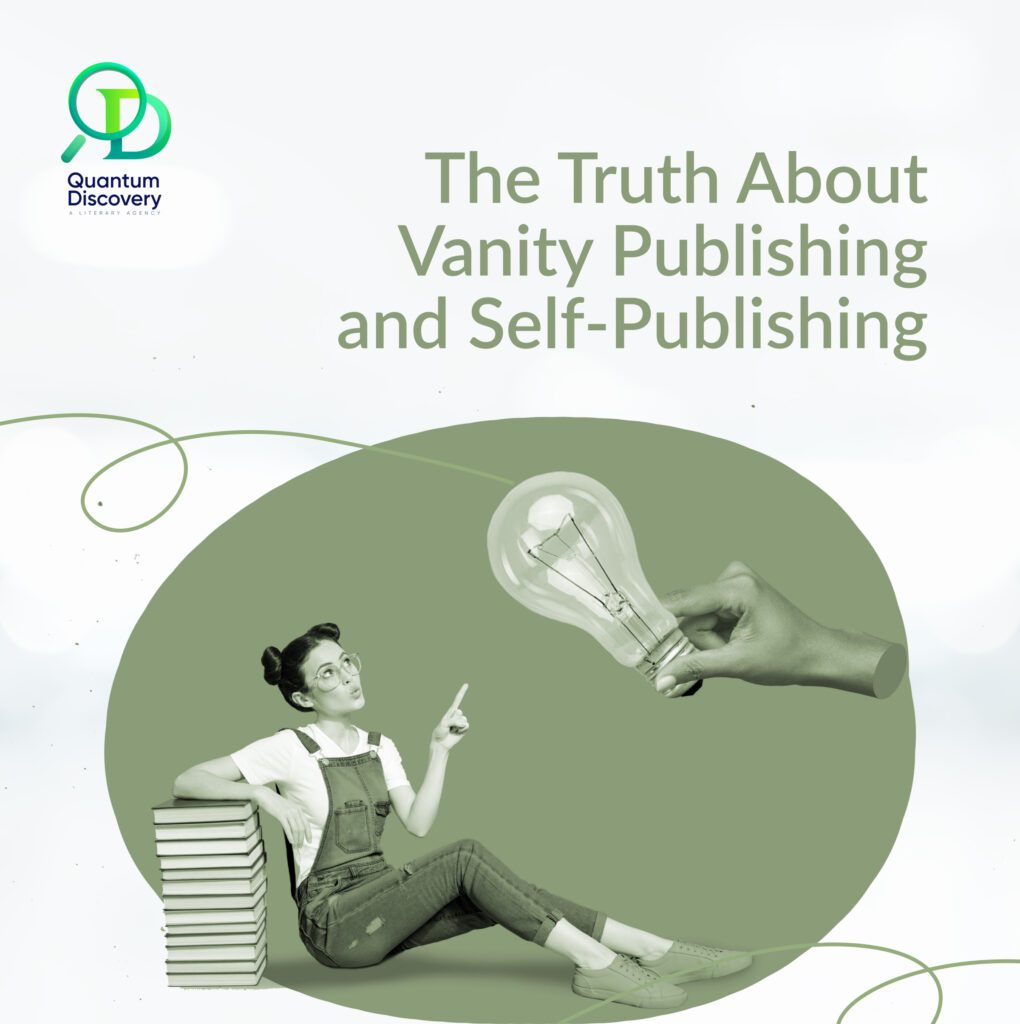If you’re an aspiring author, you may be considering self-publishing or vanity publishing as a way to get your work out into the world. While both options allow you to bypass traditional publishing houses, there are important differences between the two that you should be aware of before making a decision. In this guide, we’ll explore the pros and cons of each approach to help you make an informed choice.
What is vanity publishing?
Vanity publishing, also known as subsidy publishing, is a type of publishing where the author pays a company to publish their book. In this model, the author retains all rights to their work and is responsible for all aspects of the publishing process, including editing, design, and marketing. While vanity publishing can be a good option for authors who want complete control over their work, it can also be expensive and may not result in widespread distribution or sales.
What is self-publishing?
Self-publishing is a type of publishing where the author takes on all aspects of the publishing process, including editing, design, and marketing. Unlike vanity publishing, the author does not pay a company to publish their book. Instead, they use self-publishing platforms like Amazon’s Kindle Direct Publishing or IngramSpark to distribute their book. While self-publishing requires more work on the author’s part, it can be a more cost-effective option and can result in wider distribution and sales.
The pros and cons of vanity publishing
Vanity publishing, also known as subsidy publishing, is a type of publishing where the author pays a company to publish their book. While this can be a quicker and easier option for authors who don’t want to handle all aspects of the publishing process, it can also be more expensive and result in lower-quality books. Additionally, vanity publishers often retain the rights to the book and may not provide adequate marketing or distribution support. It’s important for authors to carefully consider the pros and cons before choosing this option.
The pros and cons of self-publishing
Self-publishing has become increasingly popular in recent years, with many authors choosing to take control of the publishing process themselves. One of the biggest advantages of self-publishing is that the author retains complete control over the book, from the content to the cover design. Additionally, self-publishing can be more cost-effective than traditional publishing, as the author doesn’t have to pay a publisher or agent. However, self-publishing also requires a significant amount of work and investment from the author, including editing, formatting, and marketing the book. It’s important for authors to carefully weigh the pros and cons before deciding whether self-publishing is the right choice for them.
How to Choose the Right Publishing Option for You
When it comes to publishing your book, there are two main options: traditional publishing and self-publishing. Traditional publishing involves submitting your manuscript to a publishing house, which will then handle the editing, formatting, and marketing of your book. Self-publishing, on the other hand, involves taking on all of these tasks yourself. While self-publishing can be more cost-effective and give you more control over your book, traditional publishing can offer greater exposure and credibility. Ultimately, the right choice for you will depend on your goals, resources, and preferences.
